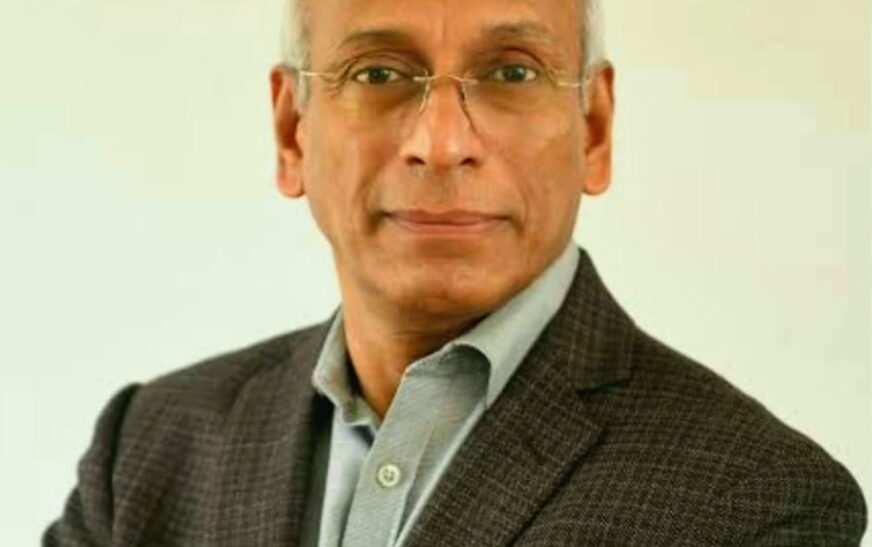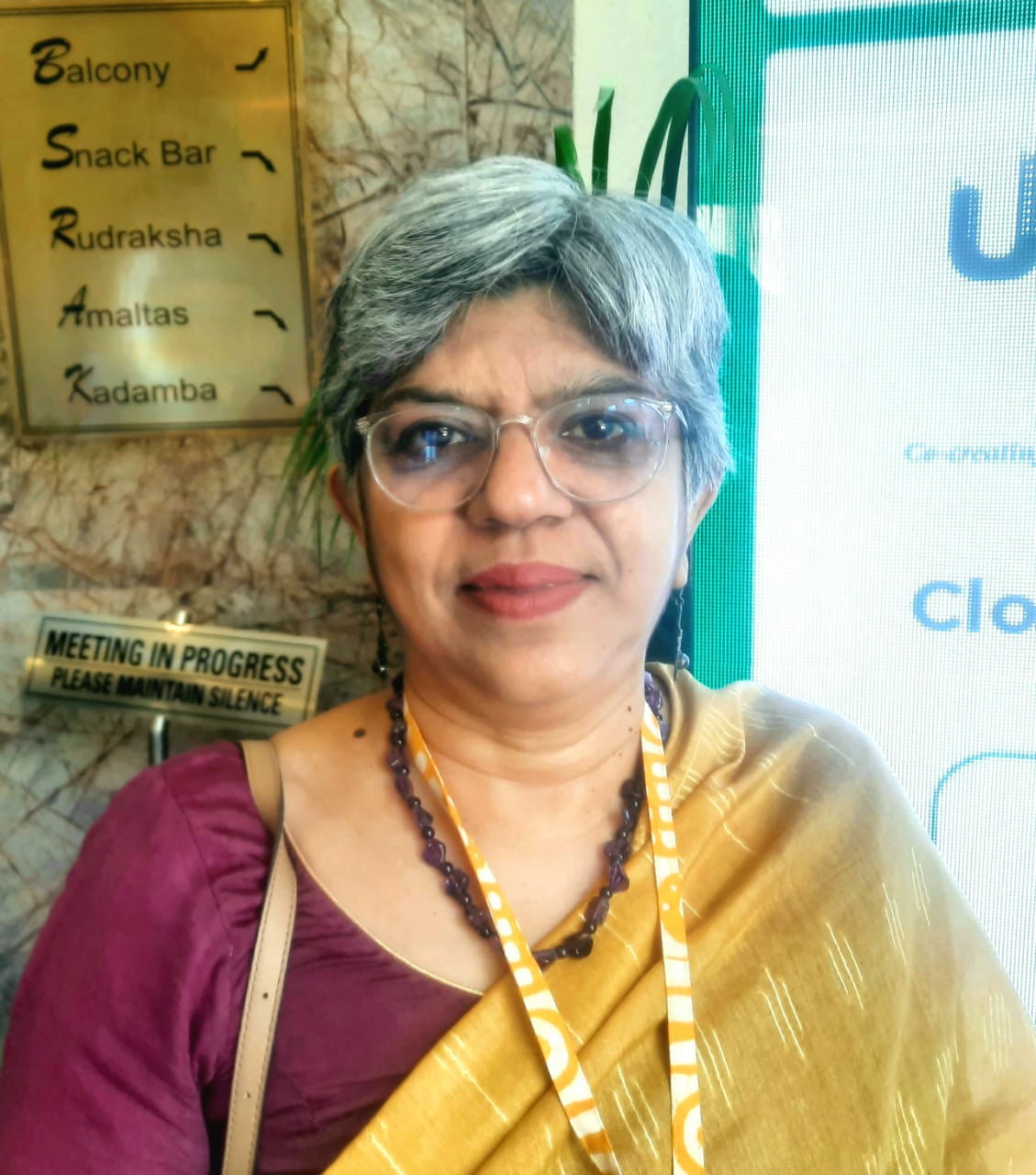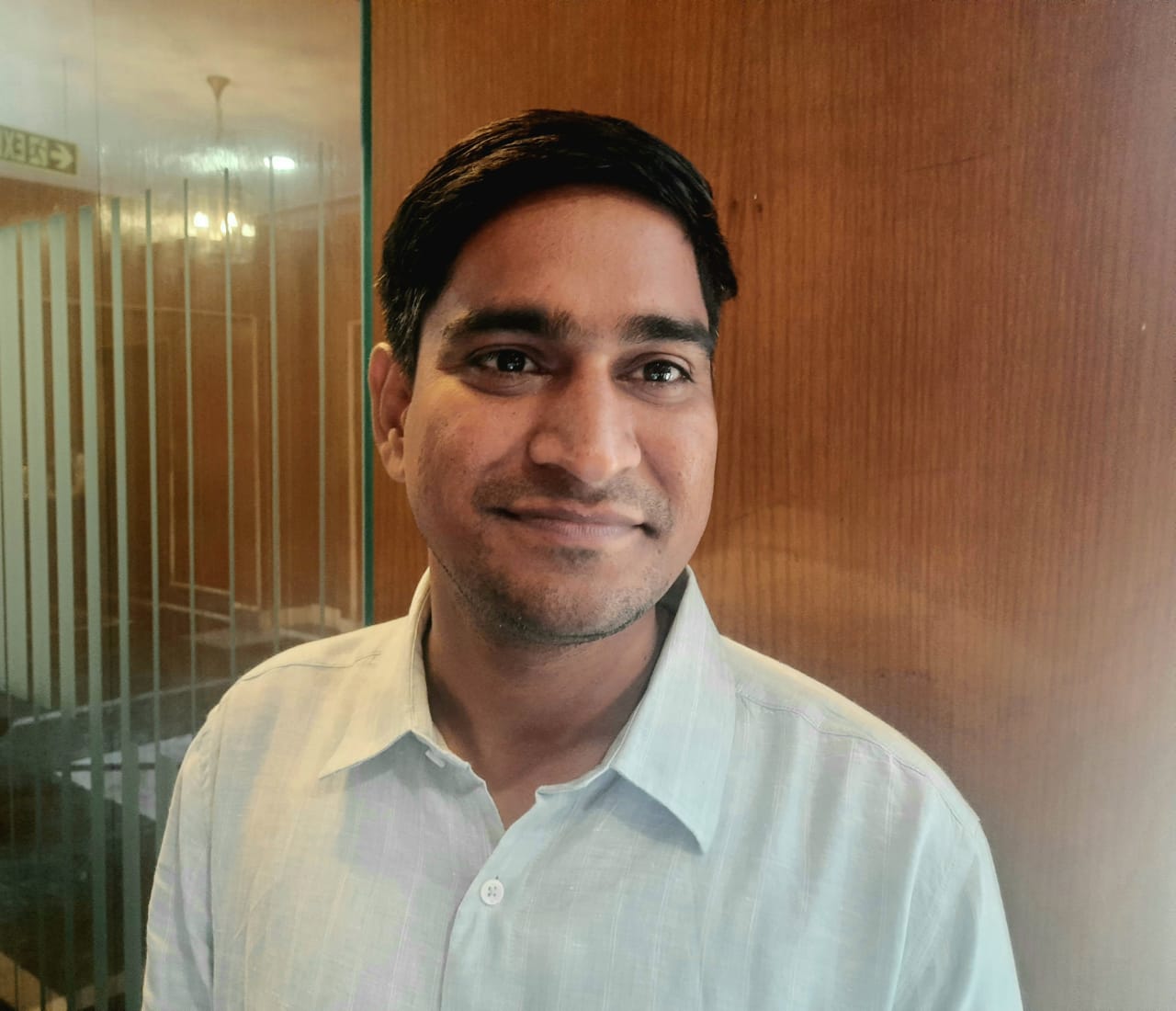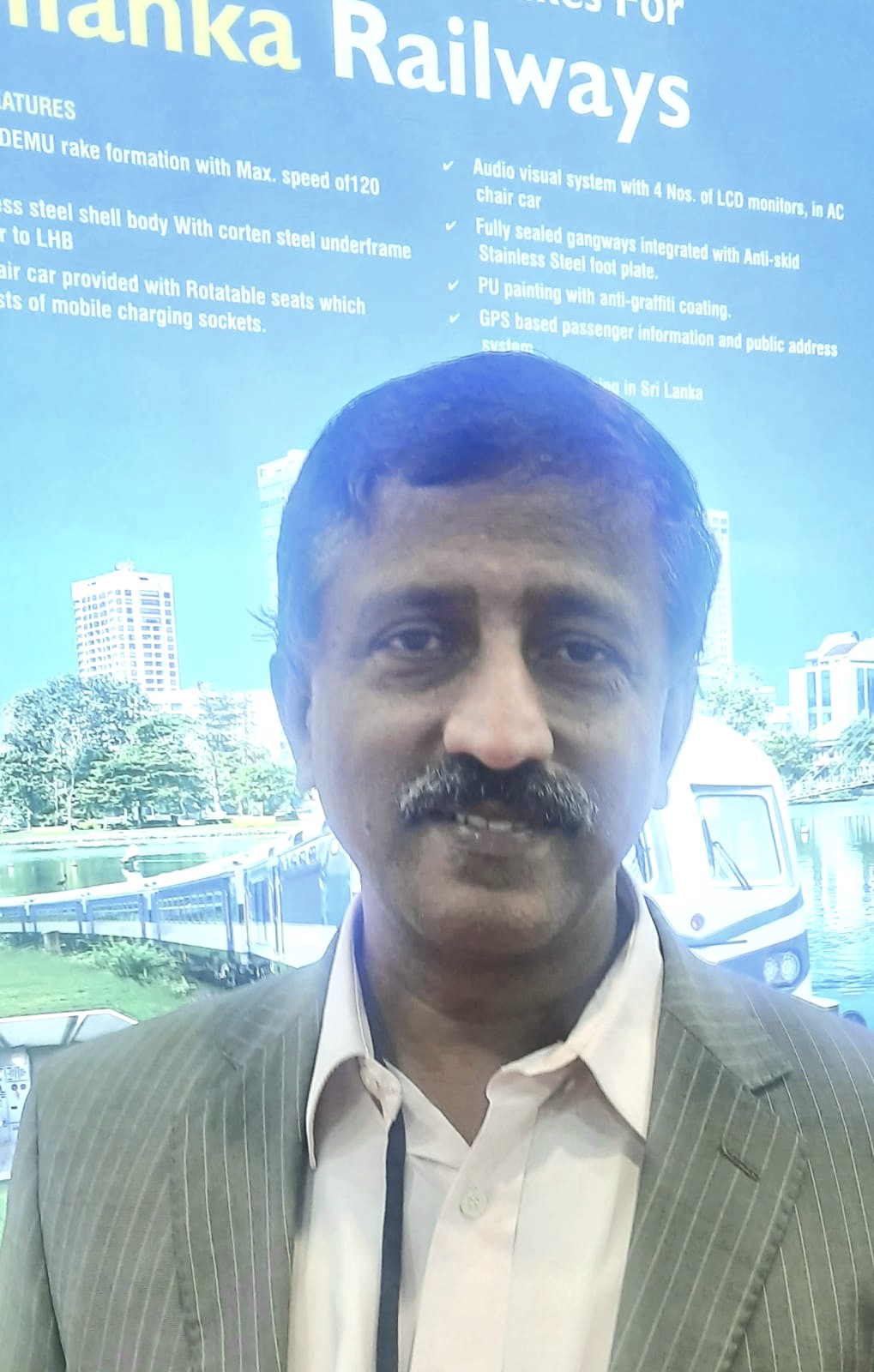India’s Smart Metering Program, launched under the Revamped Distribution Sector Scheme (RDSS), is a game-changer for the country’s power distribution network, driving modernization and operational efficiency. Spearheaded by the Ministry of Power, the initiative seeks to cut technical and commercial losses, boost energy accountability, and safeguard the financial health of Distribution Companies (DISCOMs).
At its core, this program introduces smart meters that provide real-time consumption data. Furthermore, it empowers both consumers and utilities to actively monitor and manage electricity usage. Remote meter reading slashes human error and billing inaccuracies, streamlining the entire process. The 15-minute interval data of power consumption that are time-stamped will give insight into location-wise electricity consumption in near real-time. This will help DISCOMs to finetune their demand forecast and optimise the power purchase cost.
The program is crucial in addressing one of the power sector’s biggest pain points—reducing Aggregate Technical and Commercial (AT&C) losses. Smart meters, equipped with cutting-edge communication technologies like Cellular, RF, and PLC, ensure real-time data flow that sharpens grid management, demand forecasting, and load balancing. For consumers, these meters offer control, transparency, and reliability, with features like prepaid meters and Time of Use (TOU) tariffs that put power directly into their hands—both literally and figuratively.
Yet, despite its promise, the RDSS Smart Metering Program faces real-world challenges. Infrastructure readiness, cost, and consumer awareness are major barriers to overcome. Not to mention, robust cybersecurity measures are non-negotiable to safeguard both data and the integrity of the grid. Even so, this program is a cornerstone of India’s energy evolution, laying the groundwork for a more efficient, resilient, and sustainable power distribution ecosystem. The goal: a system that reduces losses, boosts efficiency, and maximizes consumer satisfaction.
According to the National Smart Grid Mission, of the 250 million smart meters targeted, 222.45 million have been sanctioned, 117.68 million awarded, and just 14.51 million installed. With 2025 looming as the deadline for full implementation, the question remains: Can the government hit this ambitious target?
In an exclusive conversation with The Interview World, Reji Kumar Pillai, President of the India Smart Grid Forum, breaks down the current status of the RDSS implementation. He dives into the likelihood of hitting the 2025 target, the pace of smart meter adoption among households, and the obstacles hindering timely execution. He also shares a critical message for consumers. Here are the highlights from that conversation.
Q: Can you provide an overview of the current implementation status of the RDSS (Revamped Distribution Sector Scheme) smart meter program across India? How close are we to meeting the 2025 target?
A: The Government of India’s (GOI) smart metering initiative is nothing short of groundbreaking. With a target of 250 million smart meters under the RDSS, this program is powered by an innovative business model that redefines efficiency. Instead of shouldering the full cost, the GOI provides just 15% of the capex as a subsidy. The remaining balance is paid as monthly instalments over 93 months, to service providers. If implemented right, this setup will deliver huge efficiency gains to DISCOMs.
But, like any large-scale venture, execution is everything. Many inexperienced companies have jumped in, thinking smart metering is as simple as buying and installing devices. They couldn’t be more wrong. The real challenge isn’t in installing the meters—it’s in the real-time or near real-time communication of data from those meters to the data center; and integration of the meter data with DISCOM’s billing and other IT applications. That’s the tough part—and it’s where many companies without deep expertise will falter.
As of now, we’ve seen orders awarded for roughly 118 million meters, yet fewer than 15 million have actually been rolled out. At this pace, it’s clear that hitting even 50% of the 2025 target is unlikely.
So far, only IntelliSmart Infrastructure, a government-owned firm, has successfully installed more than a million meters. The rest are struggling to get the right systems in place. If India can manage to complete the full 250-million-meter target within the next 3-4 years, it would be a huge win for both the country and the DISCOMs.
The smart metering system generates 15-minute interval data, complete with time stamps. That data is the bedrock for digitizing India’s distribution utilities. It’s a monumental step forward. Despite some companies lagging, the overall ecosystem—spanning IT firms, communication providers, and service companies—is solidifying.
Big players in IT, system integration, and smart meter manufacturing have laid the foundation. The cost of smart meters has dropped to an impressive $25-$30 per unit. Back in 2016, the India Smart Grid Forum proposed the “Metering as a Service” model, knowing that most DISCOMs lack the skills to buy, install, and maintain smart meters for a decade. Even if they invest in the right systems, ongoing maintenance and repairs pose a significant challenge. The best solution? Entrust the work to an external agency, an AMI Service Provider (AMISP). This was the business model proposed by ISGF which is adopted for RDSS.
Today, AMISPs are handling the implementation. Our modelling studies had estimated that if done correctly, the cost is about $1 per meter per month for 10 years, as long as the quantity exceeds one million meters per contract. Even with today’s exchange rates—₹84-₹85 to the dollar—the $1 per meter per month model is still the industry standard. In short, this smart metering initiative is a powerful, forward-thinking solution that has the potential to completely transform India’s power distribution sector. Despite initial teething troubles, the strategy and structure are in place for long-term success. The future of India’s energy grid is smarter, more efficient, and closer than ever.
Q: What has the adoption rate of smart meters been among households, particularly in urban and rural areas? Are there any trends in customer behavior regarding the adoption process?
A: Customers won’t have to lift a finger when it comes to adopting the new smart meters. These meters are being rolled out as prepaid from the start is posing doubts in the minds of customers. India Smart Grid Forum, alongside other stakeholders, had suggested to implement the smart metering program as post-paid meters; and offering the option to opt-in for conversion to prepaid against a small incentive/rebate.
In states like Bihar, where over a million smart meters are now installed, or in Assam, with half a million there are concerns. Madhya Pradesh seems to be running smoothly, but in other states, customers are voicing frustrations—complaining about unexpectedly high bills and seeing little benefit from the new system.
Here’s the core issue: there’s been a glaring lack of customer engagement. The Government of India or the DISCOMs have not put forth any real effort to inform the customers about the benefits of smart meters to customers. Both the India Smart Grid Forum and the AMISPs are urging the government and utilities to launch a nationwide campaign to educate the customers about the benefits of smart meters so that customers can finally understand the value that smart meters bring.
When you ask about the adoption rate, here’s the reality: it’s stagnant. What’s happening is AMISPs are simply swapping out old meters for new ones. That’s it. No engagement. No proactive customer adoption strategy.
Then comes the prepaid system. Imagine this: you’ve been paying your electricity bill after usage for years, either by cash/cheque or online. Now, suddenly, you’re told you need to buy credit upfront—whether it’s Rs. 1000 or Rs. 5000, depending on your consumption pattern. It’s a drastic shift, and customers are understandably sceptical.
To make matters more complicated, some politicians are fuelling the fire by suggesting these smart meters are “more accurate”—which is true. Smart meters don’t lie; they’re precise. So, if older meters were worn out and under-reporting usage, the switch to accurate smart meters is going to reveal the truth—and yes, that could mean higher bills for some.
But here’s where it gets interesting: The Government of India is already gearing up to implement time-of-day metering. In simple terms, this means when there’s an excess of power in the grid, say from noon to 4 PM, customers can get a rebate—up to 20%. On the flip side, during peak hours, like the evening, when there’s a shortage of power, customers will face a surcharge.
This shift isn’t just about new technology; it’s a game changer. Imagine being able to run your washing machine or water pump during rebate periods, avoiding costly power usage when the surcharge kicks in. We tested this concept in a regulatory sandbox approach in Uttar Pradesh in 2022-23 with 50 households and commercial customers, like IT parks and 5-star hotels. What did we find and how it works?
Take a 5-star hotel, for instance. During rebate hours, they’d drop their air conditioning (AC) to a cooler 21 or 22 degrees. Then, when the surcharge time hit, they’d shut down the AC’s compressor and let the temperature slowly rise. And every evening, we were sending them pricing signals—letting them know when to expect rebates and when to brace for surcharges.
The result? Significant savings. Some large commercial customers saved Rs. 40-60 lakhs per month by following the pricing signals, while households using smart plugs to remotely control their appliances saved Rs. 2,000-3,000 per month. The savings are significant when we compared the utility bill with the shadow bill we provided based on our pricing signals that offered rebates and surcharges.
And the benefits don’t stop there. Smart meters also bring a new level of convenience. If there’s a power outage, the meter automatically alerts the DISCOM’s IT system, which then dispatches a crew before the customer even has to complain to the call centers. It slashes outage time.
For DISCOMs, the ability to predict power demand accurately means they can manage their supply more efficiently. This translates to cost savings in power purchases that trickle down to customers. And perhaps most importantly, smart meters help reduce the overall carbon footprint—an environmental benefit that cannot be overstated. But all of these advantages mean nothing if customers don’t know about them. This is why a strong, clear communication strategy from the government and DISCOMs is critical. Customers need to understand how smart meters work, why they matter, and what’s in it for them. Only then will we see real adoption and the full potential of smart meters unlocked.
Q: In states not ruled by the BJP, are there any political challenges that have slowed down the implementation of the RDSS program? How do political alignments affect infrastructure projects like this?
A: There are no major political issues at play here. The concerns we’ve seen are sporadic and stem from individual politicians—not tied to any ruling or opposition parties. That said, we have seen few complaints about meters running fast, users facing difficulties, and some erratic readings.
In Vadodara and Mumbai, we heard that residents’ welfare associations have raised protests. Let’s be clear: this isn’t a political issue. These are isolated, individual complaints—nothing more.
Q: Are there any significant technical or logistical bottlenecks—such as supply chain, technological compatibility, or vendor management—impacting the timely implementation of 250 million smart meters by 2025?
A: I’ve touched on this question before, but let’s dive deeper. Some companies that received orders have yet to implement them, and we expect these issues to be resolved soon. The technologies involved are matured and well-established, so significant problems shouldn’t arise. However, certain companies are new to the smart metering landscape and are encountering challenges.
On the supply chain front, there are no issues. There are over 3 dozen approved meter manufacturers in India; all leading software solution providers and system integrators are in place and ready to assist. The real challenge lies in specific regions where companies opted for cellular networks for smart metering. In areas with weak cellular services, connectivity issues are affecting performance, and cellular operators must strengthen their networks in those locations.
As for payments, service providers will receive their fees in 93 monthly installments based on service level agreements (SLAs).
The biggest hurdle the program is facing is the lack of customer understanding. We must prioritize customer education to raise awareness nationwide. When people recognize the benefits of smart meters, they’ll be eager to adopt them. Addressing this will expedite implementation, but meeting the established timeline may prove difficult.
Q: What message do you have for consumers regarding the importance of timely bill payments and how smart meters will bring more transparency to the entire process of electricity usage and billing?
A: At the end of the day, utility service is critical. The cost of not having power far outweighs the expense of providing it. Smart meters are a win-win—they benefit utilities, customers, service providers, and our country as a whole. Everyone needs to come together and implement this technology for the greater good.
As I’ve pointed out, smart meters can enhance the performance of DISCOMs on various counts which will make them financially stronger and operationally efficient. This translates to lower revenue requirements, reduced power purchase costs, and ultimately, improved profitability. The benefits are clear, and the time for action is now.









